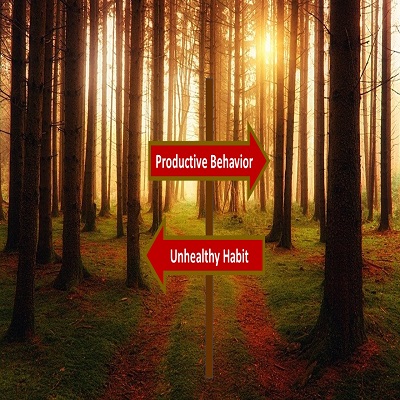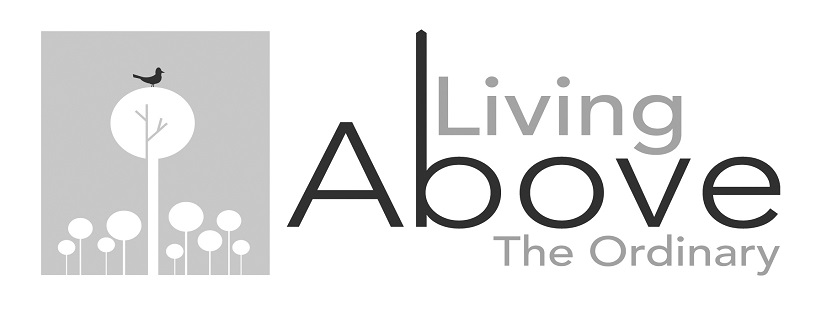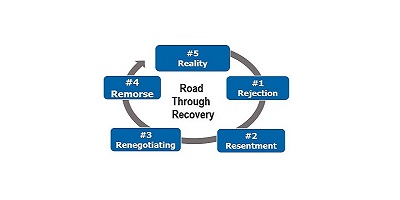
Don’t Pull The Trigger, There’s A Better Way!
May 5, 2020
Breathe In FEAR. Sit With It For A While. Blow It Out For Good.
June 22, 2020When I got divorced, I tried everything from joining support groups, reading every self-help book I could get my hands on, and signed up for counseling. None of those options worked for me to give me the results I needed and wanted to get to more quickly now that I was on the other side of divorce.
I decided that with my own experience, knowledge, and expertise, I would create my own PLAN. Here is a little about the very beginning of the divorce recovery process that I designed.
There are five steps in the process and the first one is called the Road Through Recovery. This is where we want to pinpoint where you may be stuck or in pain making it terribly challenging to move forward. In order to do this, I created a rating scale and chart assessment.
Having a starting point will be empowering to begin the process to move forward.
Here it is:
Welcome to the Road Through Recovery after the divorce which is the first step in the results-driven process. It is made up of five phases. Many pass through each phase in order to process the trauma after divorce and be ready in mind, body, and spirit to move on…
WE MOVE THROUGH A CYCLE OF DIVORCE RECOVERY
Here’s the cycle that one passes through during the divorce recovery process. Briefly, I’ve described what each phase looks like so that you have an idea and maybe can see yourself and where you are in your recovery.
REJECTION PHASE
For some, it can take a while for our minds to adjust to the loss. Whether we feel relief or we feel loss, in this phase, we are trying to absorb and understand what had happened now that the process of divorce is over. For some, it is unfathomable to see their life without this other person in it. When we experience the rejection phase, we are rejecting the emotional pain that comes with the loss.
WE DON’T WANT TO FEEL THE INTENSE EMOTIONS
Rejection is used as a defense mechanism as the psyche has a hard time coping with the reality of the situation and uses rejection as a protection tactic. Some may use denial of the trauma to keep from feeling the pain because not ready to handle it yet. You may still be feeling numb as it is impossible to imagine that all the hopes, dreams, adventures, and memories you pledged to make together are gone.
Click here on the REJECTION PHASE SURVEY to see of you are “stuck” in the REJECTION PHASE.
RESENTMENT PHASE
You begin to allow the intense feelings that you rejected in the first phase to finally hit. It could be fear, pain or hurt that rushes in and fills your senses. For some, it can take a while as in this phase, we are allowing what we feel and the emotions we are experiencing to come in. The feelings are usually extremely uncomfortable. When we first release the emotions related to loss, resentment is usually the first feeling to show up.
BE AWARE OF YOUR TRIGGERS
This can show up in the form of anger which may be used to mask or hide many of the emotions and pain you are experiencing. Learn to become aware of situations and words that push your emotional buttons—create that negative or uncomfortable feeling. The uncomfortable feeling is the “trigger”. The trigger will set you off if you don’t become aware of it, and you may react in a way that you will later regret. Awareness of the trigger feeling will help you to take a step back and choose a better way of handling the situation.
RENEGOTIATION PHASE
You may be desperate to alleviate the pain and feel willing to do almost anything to lessen it. It is our way to try to postpone the inevitable by trying to look for ways to regain control or affect the outcome of the reality of the situation. It is the phase that gives a temporary escape from the reality; and used in a healthy way, it will give time to adjust to what is.
DON’T WASTE YOUR ENERGY
You might say to yourself, “What if” and “If only” and make up scenarios in your mind to try to make a deal—trying to go back and do it differently. Spending time and energy around what could have been gives the past the power to take away the potential for the future. The problem is, there were a multitude of disappointments and unhappiness over many issues. This phase is used as a defense mechanism against the feelings of misery and pain. It aids in stalling the emotions of hurt, confusion, and sadness.
Attempts to try to stay connected after the marriage is over are counterproductive to the healing process and prevents the clean break that is necessary.
REMORSE
You begin to look at the reality of the situation. You have let go of renegotiation because you realize it is not an option; and now, you are faced with what has happened and where you are in the present moment. This is a time where some will take the time for introspection and retreat into themselves. You might become less sociable, isolate yourself, and feel a sense of emptiness.
During this time, it is important to have a strong support system of family and friends as well as being mindful of self-care. Some try to avoid this phase as much as possible so as to not feel the terrible sadness and regret that it brings up.
BRACE YOURSELF AND GO THROUGH IT TO HEAL
Like the other phases you may experience, this one is necessary to acknowledge and accept this uncomfortable feeling in order to heal—reflecting on the loss. These feelings and emotions need to be experienced; because otherwise, they become an albatross around your neck weighing you down.
The good news is that going through this phase is a precursor to accepting reality.
REALITY PHASE
You acknowledge and accept the reality of your life as it is presently. It’s not that you don’t feel the pain of loss but you are not resisting the reality of the situation. You no longer try to make your life something taken from the past. In this phase, you know that it’s time to move on and embrace a new beginning. If you can really let go of rejection, resentment, renegotiation, and remorse to the extent that you can look to the future with hopeful eyes—you are ready. In other words, you are releasing the past enough to be able to move on from those confusing, negative feelings.
They were part of the healing process at the time; but now, they no longer serve you.
Please go to my website at https://www.livingabovetheordinary.com and check out some of my blogs. I have created a course on my five step results-driven process and will be releasing it soon. If you would like some more information about it, I created an hour-long webinar that explains the whole process. Have any questions, comments, or would like to watch the webinar, contact me.
You can also schedule a 30-minute free chat. Click Here.




